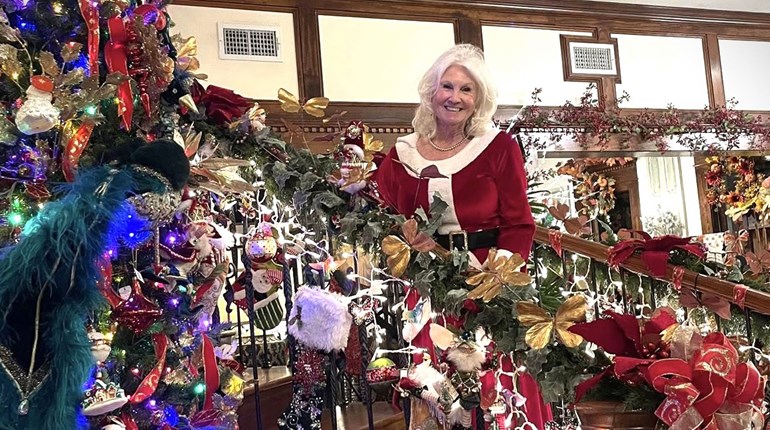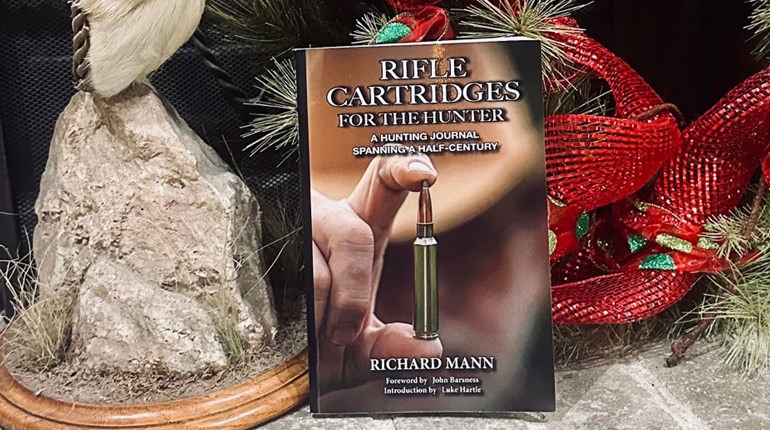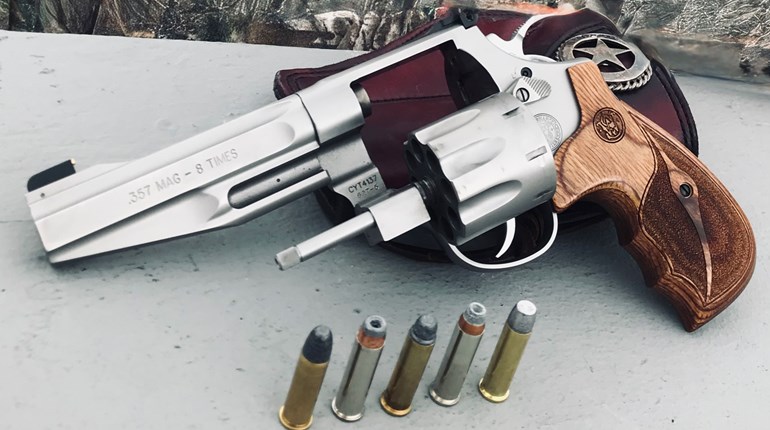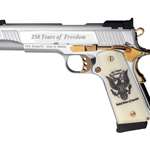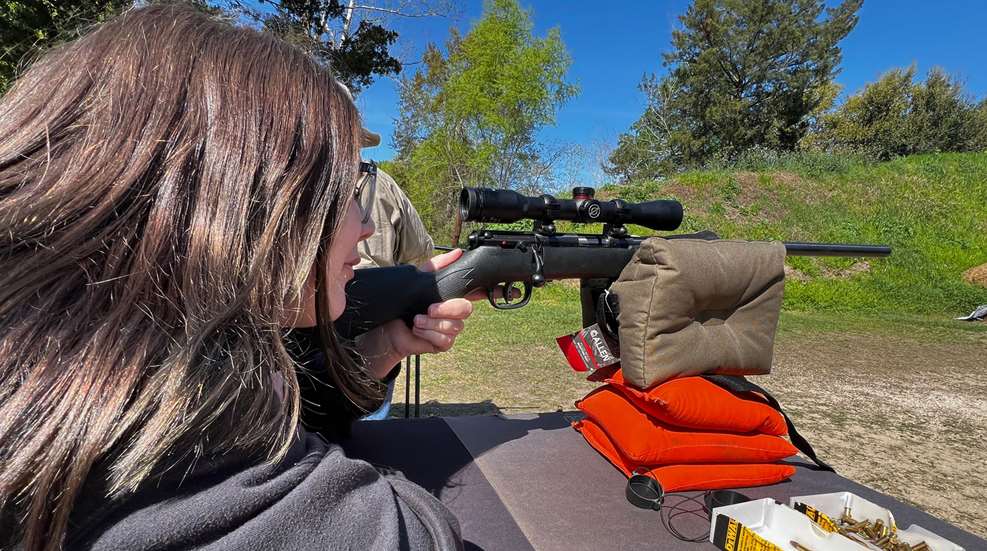
NRA Certified Firearm Instructors are seeing more first-time gun owners at greater numbers than ever before. These newbies are eager to get to the range with their new investment. As many of them did not grow up in a household with firearms, they are seeking guidance from a reputable and trained instructor to show them the proper way to handle their firearms safely.
The most common firearms most new shooters purchase are handguns and modern sporting arms. Fortunately, most ranges now cater to these types of shooters. Most shooters, depending on their location, have the option to go to indoor or outdoor ranges. This means a new shooter can find the type of facility that meets their needs, and one they feel comfortable visiting. Each type of range has unique characteristics, features, advantages and disadvantages. Thus firearm Instructors should take into consideration the location where training will take place and match the best range to the type of student who will be attending.
As a firearm instructor, how you present your range time will set the tone for a positive experience, not only for you but for all students. Your goal should be to offer an experience that is welcoming to all. To do this, you must consider the location where you will teach, gear you will provide, and items to provide for a comfortable environment.
Indoor
Indoor ranges with a climate-controlled environment can be comfortable, keeping everyone cool in summer and warm in winter, and dry when it is raining. Another advantage is the constant lighting conditions. Many ranges have programmable target carriers so the shooter can set his or her own distances to shoot, all from the comfort of staying in one place. Another added benefit is many indoor ranges have a full-time gunsmith on staff, available to assist shooters with any issues they may have with their firearm or answer any questions. Too, many indoor ranges offer rental guns.

On the other hand, indoor ranges generally have more restrictions on the types firearms you can fire. Large-caliber rifles are generally not allowed due to the risk of damage to the range. Long-range rifle shooting is difficult in an indoor range, due to space and limitations by the construction of the facility. The largest indoor range I have visited boasted a 100-yard lane, which is too short to accommodate the needs of many long-range rifle shooters.
The most common type of firearms used at indoor ranges are handguns. At indoor ranges, shooters are assigned to a specific booth and a shooting lane. Most ranges limit shooters to their confined area, which restricts movement. Due to the indoor acoustics, these ranges are often very loud and can be quite distracting for a new shooter. As an NRA Certified Firearm Instructor, this environment can make it difficult to teach andnot help ease any anxiety a new shooter may have.
Outdoor
Outdoor ranges typically offer more capability and flexibility to train with any type of firearm. For example, you can only shoot the shotgun games of trap, skeet, 5-stand and sporting clays outdoors. There are more opportunities, if the range allows, to do shoot-and-move exercises. Outdoor ranges generally have targets set at much longer distances, some up 600 yards or more. The outdoor environment can sometimes make it easier for an NRA Instructor to teach, with fewer distractions because there is more space to spread out—and less noisy.

On the other hand, outdoor ranges are subject to weather. As an NRA Instructor, always be ready to keep your students safe and comfortable when conditions change. If it is hot or rainy, plan to have a canopy for shade and to stay dry. Always keep an ice chest filled with ice and water and electrolyte-replenishing fluids for hydration. If it is cold, have extra layers, scarves and gloves to offer your students a more pleasant experience. Upon the command “Cease Fire,” you will either have to walk down range to change targets or wait for the Range Safety Officer (RSO) to change targets, depending on the rules of the range. Then, when it is safe and everyone has returned to the shooting area, the “Range is Hot” command allows for shooting once again. This generally takes a bit of time to change targets, depending on how many shooters are also on the line with you. By removing as many distractions as possible, both real and perceived, and keeping them comfortable, your student will be able to better focus on your instruction and proper shooting fundamentals for success on target.
Gear
Although a new shooter may have a new firearm and matching ammunition, they may not have other required items for their day on the range. As their instructor, it is your job to supply the essential equipment or direct them where they can purchase these items. Always keep a supply of foam ear plugs and over-the-ear muffs for hearing protection. This will give your new shooter the option of doubling up with foam plugs and earmuffs on top, if their gun is louder than expected or at an indoor range where noise is at a high level. Additionally, keep extra pairs of shooting glasses in your range bag for new shooters. A new shooter will frequently show up with inadequate eye protection. It is also a good idea to have eye protection with interchangeable colored lenses, to account for the lighting conditions where you are shooting. For example, orange lenses work great on a shotgun field, yellow lenses work best at an indoor range.
Instructors should also provide a variety of firearms and matching ammunition for the new shooter to try. When teaching someone the fundamentals of pistol or rifle shooting, it is advised to start with a .22 for several reasons. First, there is little to no recoil and very low noise. This allows for the instructor to focus on the fundamentals of shooting without the distraction of a larger caliber firearm. It is much easier to teach aiming, breath control, hold control, trigger control and follow through. By using a single-action .22 revolver in the pistol class and a bolt-action .22 in the rifle class, I can slow the students down so they can concentrate on each step as a separate action, so they can experience each fundamental as they perform it.
Once the new shooter is comfortable with each of the shooting fundamentals and gains confidence on target, a different firearm can be introduced, even another caliber. Once they are successful on target using a .22 and practicing the fundamentals of shooting, these same steps can be applied to any firearm they shoot. You will quickly watch their confidence soar when they are successful shooting their own, brand-new firearm, and consistently hitting the target where they aim!
Comfortable Environment
A trip to the shooting range can be overwhelming and intimidating to a new gun owner. As an NRA Instructor, it is your job to welcome these first-timers and inexperienced shooters to a safe and pleasant range experience, so they keep coming back. Remember, these new gun owners are participating in an activity they are not used to doing and traveling to a place they have never encountered. Always ask your students what they hope to walk away with after your session on the range. If you have a small group of new shooters, chances are they are all interested in learning the basics, feeling comfortable, confident, and hitting the target with their new gun. Presenting a relaxed environment results in productive discussions among students who all seem to have similar questions. As you are working one-on-one with each shooter, encourage the others in the group to connect with each other. What usually happens is students will exchange contact information and remain in touch with their new likeminded friends and ultimately have someone with whom to go to the range.
Make sure the range you will be teaching has adequate room for all your students. If you are teaching an NRA Basic Rifle or Pistol class, it is required to start a new shooter from the benchrest position first. You must first check if shooting from the benchrest is allowed at the range you will be using. For example, some indoor ranges only allow shooters to stand. The benchrest position provides the most support and stability as you align with the target.

If you are on a private range, where you may not have seating or cover, always watch the weather and plan around the conditions. If rain is predicted, try to be on the range before or after the showers. If it is too hot or cold, your students will not be comfortable, which results in lack of concentration during range time. Ensure you have enough seating for your students, or ask them to bring a camp chair with them to the range while they wait their turn to shoot. Try to teach at a facility where there is a restroom nearby. Ideally, it is best to reserve a private range, so you have your students all to yourself and their complete attention, without having to worry about the distraction of other shooters nearby.
Always try to prevent medical emergencies. Make sure you have an ice chest with cold water, so everyone stays hydrated. This is especially true in the south if you are outdoors. Heat exhaustion and heat stroke are real threats in hot and humid areas. Additionally, always bring small snacks such as crackers or other sweet items in case one of your students has a medical condition of which they are unaware. Many times, a student who is diabetic or has a similar condition will not let an instructor know ahead of time, so always be prepared for the unexpected.
The sights, sounds and smells of a gun range may be something that brings comfort to you as a frequent and experienced shooter. To a brand-new shooter, a trip to the gun range may be intimidating because they are entering into unfamiliar territory. It is your job as a certified NRA Firearm Instructor to welcome these new shooters and introduce them to the safe and proper way to handle firearms on the range. By taking into consideration where you will teach them, whether an indoor range or an outdoor range, what gear you will provide for them, and how you will make their experience relaxing and comfortable, you will only grow their self-confidence and enthusiasm to come back for another successful experience on the range!












